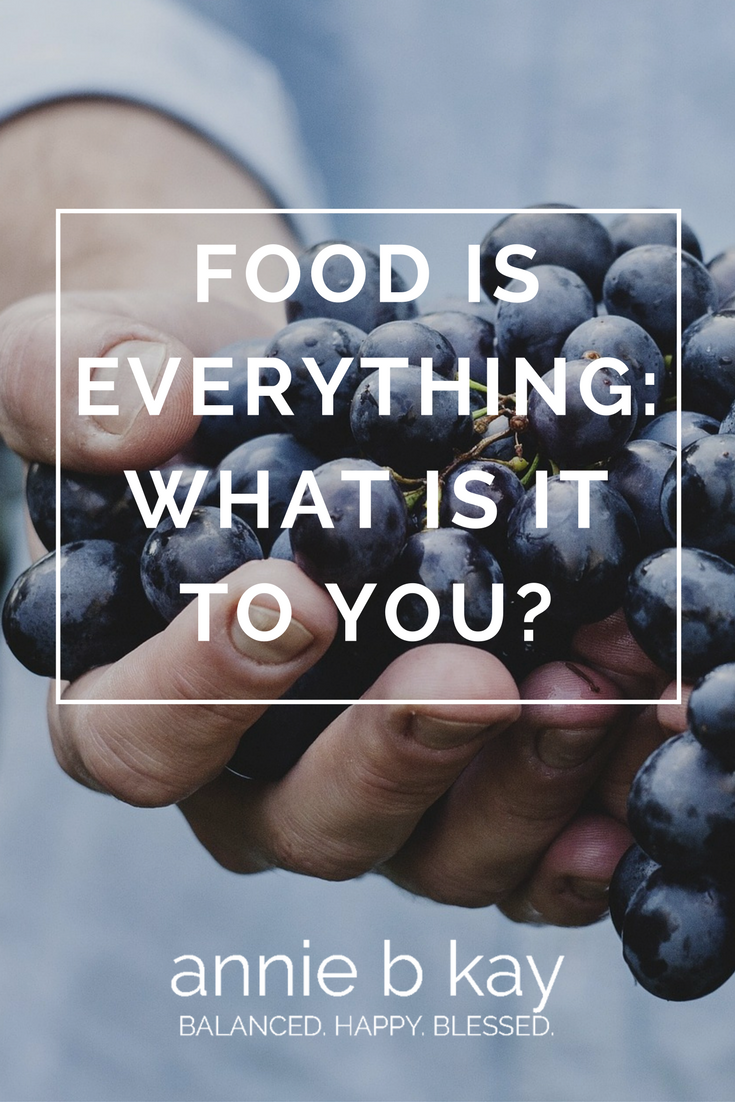
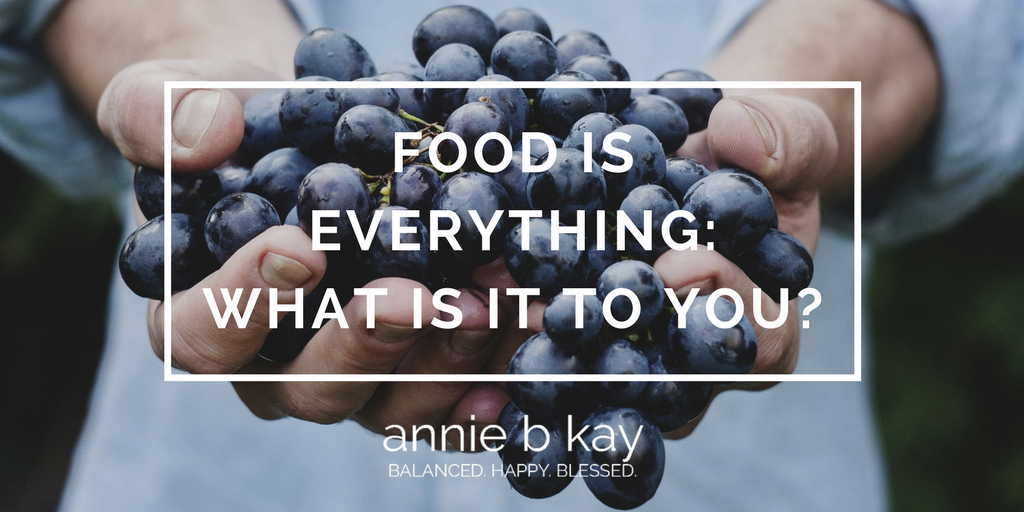
When I first chose to study nutrition at Cornell so many year ago, I could not have imagined the evolution in what we think about when we think about food. Nor could I have imagined the changes in the food we eat in this country.
Food, here and now, is just so everything.
My friend, colleague and visionary Kathie Swift often quotes Jean Anthelme Brillat-Savarin, who was right and prescient when he said: “Tell me what you eat, and I’ll tell you who you are.”
Food is…
Social
It’s the center of most gatherings of family, friends and colleagues. What we feed others communicates how we feel about them and expresses to them who we are. We have intimate dinners, casual nights, celebratory feasts. To be a good friend, feed someone. To show love, feed someone.
Economic
Growing up, the quality of food available not so directly related to income as it is today. Now we have food deserts, over-consumptive malnutrition (the real epidemic of weight, where those without eat a higher-calorie yet lower nutrient-density diet), and food marketing is disguised as real nutrition information or education. If you are poor in America, you just don’t have access to high quality nutritious food. Thank the Lord for WIC and other food assistance, which can close the worst of the gap if used well.
Environmental/Ecological
What you choose to eat impacts the planet and you can’t get around that. Meat is rich in every sense of the word. It is nutrient dense, resource-rich, high-impact, and energetically hot stuff. No inherently evil, but easy to overdo, and human nature seems to make us overdo it in spades. Today we eat twice as much protein as we physiologically need, yet new diet after new diet tells us we need more more more. The truth is we don’t if we cultivate a balanced whole-food active life.
Political
Every 5 years, a big bill works its way through congress. That bill, the Ag Bill, determines to a great extent what America eats. What America eats these days is subsidized GMO soy, factory-farmed meat, dairy, corn (to be made into the high-fructose corn syrup which researchers agree is undermining health on a grand scale). We can change it – the last round had a bit of funding for organic fruits and vegetables, and linking school lunch with farmers’ markets. You can vote on this by calling your congresspeople and insisting on the funding shifts you want.
Emotional
I personally have an emotional relationship with food. Changing my diet takes a long conversation, and a bargain with myself. Do this and I’ll treat myself in this way (often a massage or oil dip at Kripalu healing arts, or a new get-up).
Tactile and Sensual
Food is beautiful. It’s smells, textures, and of course, flavor absolutely thrills most of us. Yum. I’m working on a book project on whole food, and how to make it as easy as possible to eat healthfully. There’s no getting around the need to come into close personal contact with food when it’s whole. You have to cut the bottoms off asparagus and put fresh spears in water. You have to trim herbs and place them in water. You have to crack the egg, (and hopefully, put all the scraps into your compost bucket – wowsaa another spring topic!). We can do things to make cooking efficient and as easeful as possible, but ultimately, you have to revel in the sensuality of whole food.
I could go on – it’s love! So, take a little time considering a two-way relationship with the whole food you cook and eat. As you slice a carrot or dice an onion, take a breath to wonder what the carrot would say to you if you’d listen? Who is that onion, anyway?!
This is why changing your diet is such a huge deal. Because when you change your diet, you change everything. You become someone else, bite by bite. So, be easy on yourself if you are finding it challenging. Notice what’s hard, and press on. Make the healthful choice anyway. If you fall off the wagon for a meal or a day, get right back on. Practice practice practice, not perfection.
Enjoy!
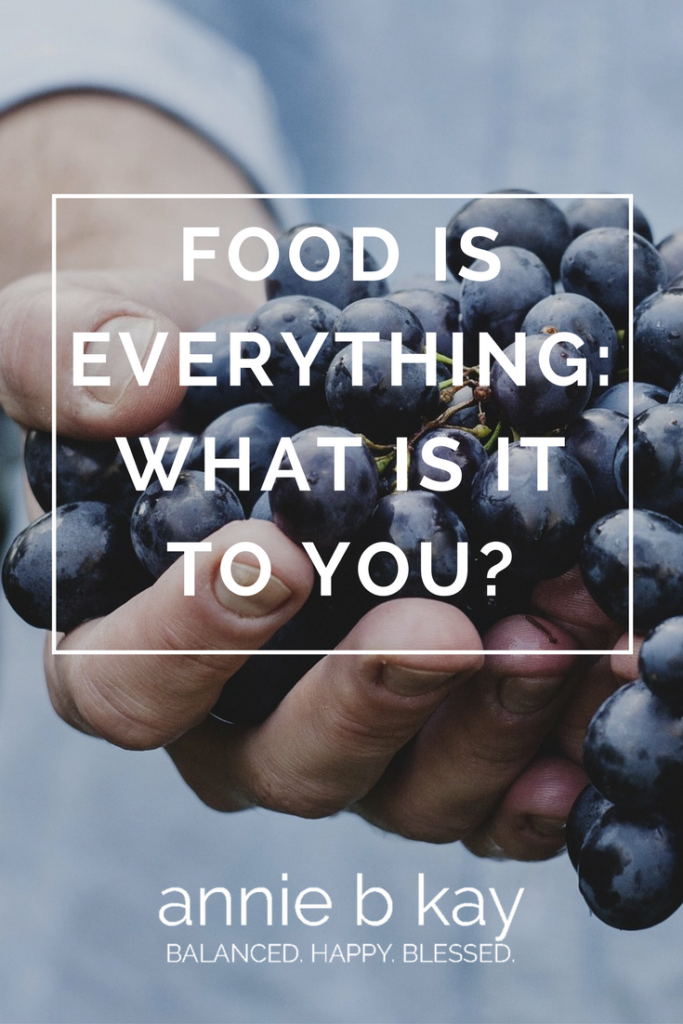
Pinterest
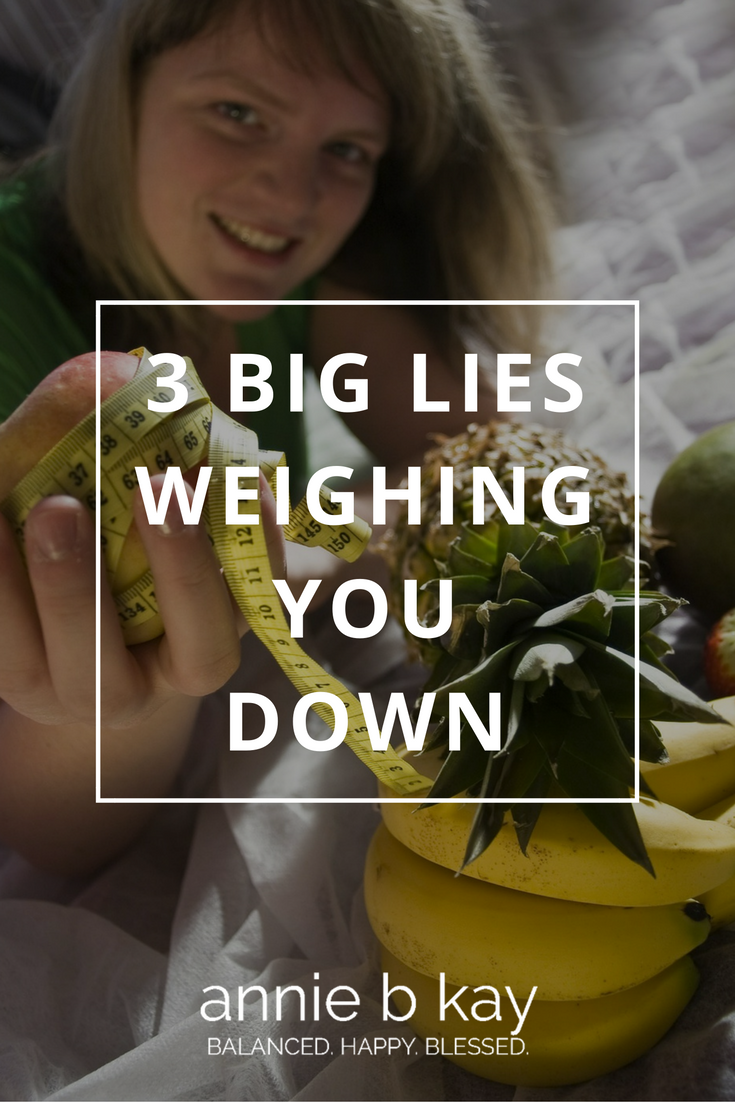
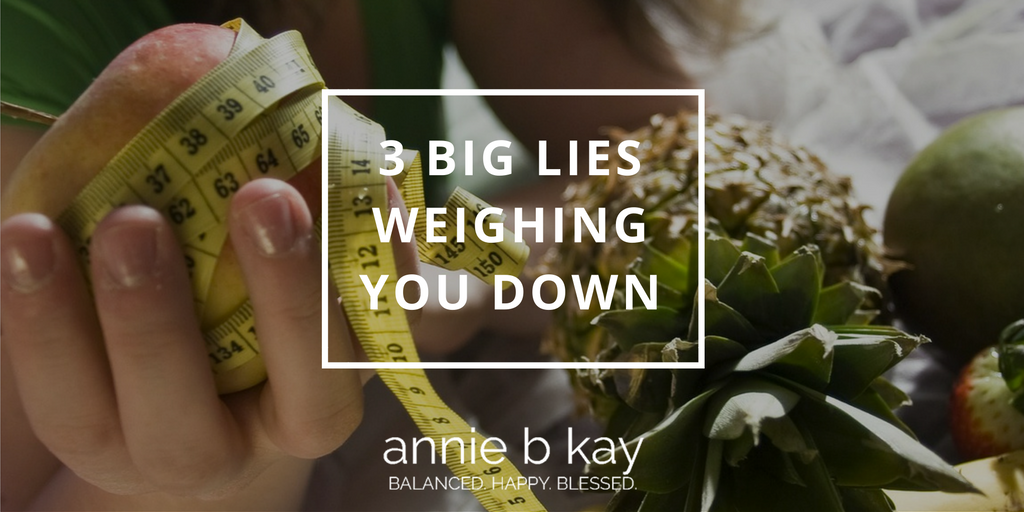
There are more than 3 lies being fed to those trying to follow healthy lifestyles that lead to natural healthy weight, but these three are an excellent place to start. These 3 lies point to the truth of feeling better, being healthier, and authentically expressing and doing what you are here to express and do.
Did you know that size does not necessarily correlate with health? In over twenty years of clinical nutrition practice, I have seen many people – women and men, who are technically overweight yet metabolically healthy. Too, I have seen many women and men who are slim yet metabolically imbalanced in mind, body, and spirit. In today’s culture, with a highly refined diet and ever-increasing stress, for many it is harder than ever to lose weight. It’s not impossible, but it just may be aiming at the wrong target.
You and I have a job to do. It’s to stop feeling bad about who we are, and start taking fantastic care of ourselves. It’s to stop believing lies and half-truths designed to make us feel bad and to follow healthy satisfying and balanced eating and physical activity that works to make us the healthiest, happiest version of ourselves that we can be.
Here are 3 big lies that are keeping you heavy, and the truth that will point the way to feeling fantastic:
1.If you can’t lose weight there is something wrong with you.
NOT TRUE!
It’s not you. For years I’ve spoken to women who feel responsible for weight gain and feel like failures because they can’t achieve the weight they were in high school. They are successful in all areas of life – big wage earners (despite economic discrimination) who run families, have healthy relationships, and yet in this one area, unsuccessful.
The toxicity in the food supply, years of metabolic dysfunction, an unhelpful mindset, and the resulting stress is the perfect storm to feeling unwell and defeated. The fact of the matter is that what will make you feel better – no matter the number on the scale – are your daily habits and choices, and your mindset.
2. You have to be ever-perfect at a diet for it to work.
NOT (usually) true!
Deprivation diets don’t work. Starvation or fasting diets, even intermittent fasting, which has some merit, has the dirty little secret of lowering your metabolic rate, sometimes by a lot and for a very long time. There may be a variety of advantages to lowering metabolic rate (it may make you live longer), but please go in with eyes open. If eating less is not something you’d be happy doing evermore, save yourself the time and grief – don’t do it.
The truth of the matter is that small changes, that you are able to practice day after day without feeling deprived, is the only way forward. Most people can’t transform overnight, but I have seen lots of folks do great with a step-by-step path. If you feel the energy of transformation, there are ways of taking advantage of it without it setting the stage of yo-yoing your way to nowhere.
3. It’s all about calories.
So NOT true!
Energy balance (calories in as food and drink minus calories out as activity and metabolism) is important but quality (nutrient density, macro-nutrient balance and quality) matters just as much or more. If you have inflammation in your body – if your joints are achy, if you are bloated (swollen, really) you can do ‘all the right things’ for weight management and not get anywhere. Cooling inflammation with thoughtful choices is critical and independent of calories. Beyond that, how you eat matters as much (even more) than that. Taking your time to chew your food (can you slow down to take 10 chews per bite?), and taking a few moments to breathe and enjoy your food with all five senses can go a long way to improving your digestive wellness and your weight.
As a high-schooler, I developed bulimia. It was a seemingly easy (or at least doable) solution to an impossible problem; how to eat all those cheeseburgers and cokes and milkshakes that everyone else was eating and still look as slim as the models in the magazines. I could almost do it. But not quite. I tell that full story in Every Bite Is Divine.
For decades now, I have been thinking and writing about how yoga can help us to be more fully aware of who we are. But there is a shadow underfoot. I’m a 55-year-old post-menopausal woman and I feel fantastic and beautiful. I’m an excellent yoga teacher at the top of my game. I don’t, however, fit the beauty ideal of the yoga world. The media world of yoga is getting awfully slim. Sigh.
But that’s not the whole of the yoga world. There are beautiful women and men of every age, of every size, or every color and creed using the gifts of yoga to feel better, look better, live longer and be the fullest expression of who they are today. If that’s you, look around this space. See if there is something here for you. Come be part of the conversation of how we live and love each day in a balanced, happy expression of our unique and blessed place in the wonder of nature and life.
The best way to participate in the conversation is to sign up for my monthly newsletter. My newsletter takes you deeper into the practice of being fully and happily blessed no matter who you are.
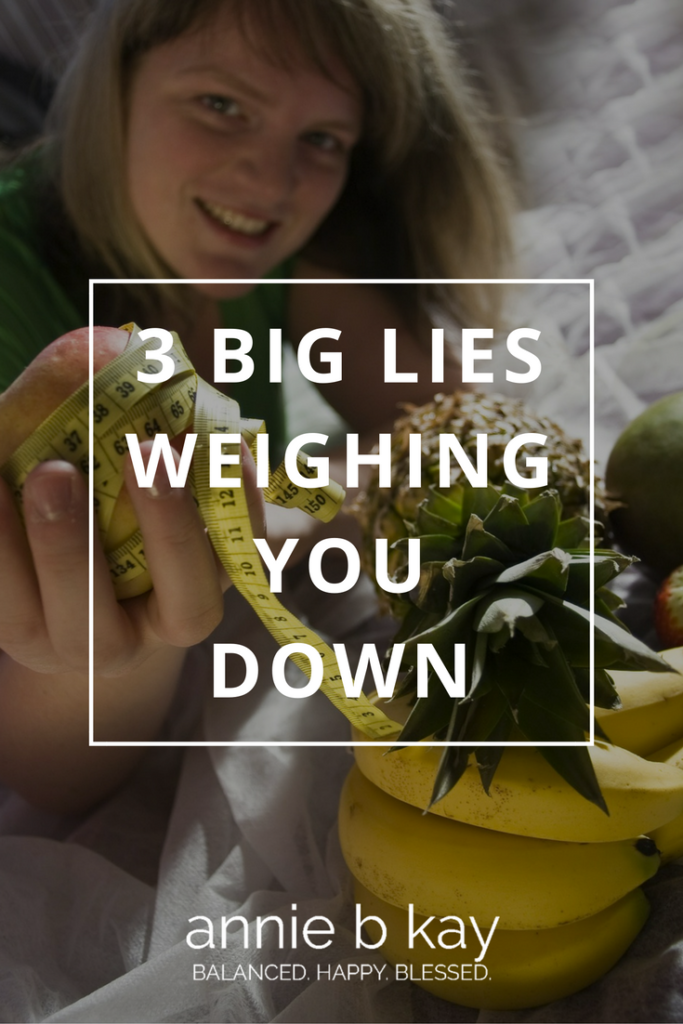
pinterest
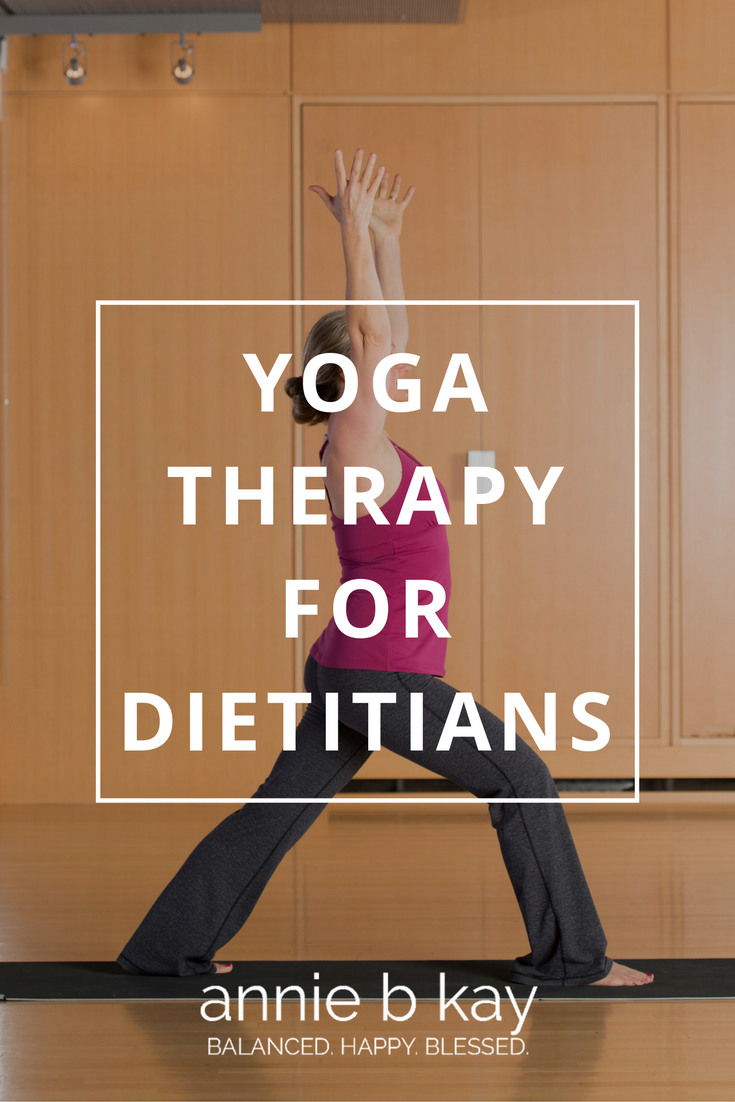

I love dietitians! They’re smart, well-educated and enthusiastic.
Unfortunately for them, they are also a great bargain relative to similarly-educated clinicians (I ponder what the Academy of Nutrition and Dietetics, AND, our professional organization has been doing in the last decade as nurses value has soared…and ours has not). There are many new certificate players in the nutrition field, and that’s good and there is room for everyone in the land where 7 out of 10 Americans die of preventable lifestyle-related chronic disease. I just don’t see, however, a credential with the required biochemical and broad nutrition coursework background, from community to food service to mind-body to communications, as dietitians. Nutrition is science, and psychology and biochemistry and even after nearly 3 decades, helping people with food often pushes me to the edges of my knowledge and ability. Granted, I’m biased. I am an RDN (registered dietitian nutritionist), so have the inside view of what it takes to earn and maintain it.
The way forward for dietitians (and everyone in a female-dominated profession) is for each of us to focus on our value. How can we, as individuals, boost our personal, professional and market value? One way is to cross-train. To expand your knowledge and expertise in several areas. Dietitians, here comes Ayurveda and yoga therapy.
Yoga & Nutrition
Those of you who have known me for a while know that I have been combining nutrition with yoga since before there was so much great science explaining the mechanisms of why it’s helpful. Yoga, it turns out, makes us better choice-makers. Yoga also creates an internal biochemistry that calms inflammation and when practiced regularly can be protective against chronic disease.
While I criticize the AND for our salary situation, I am also grateful for the ways they have supported me in my work as a writer and teacher of nutrition and yoga. I am thrilled to be speaking at FNCE in Boston this month, with world-renowned educator Dr. Sat Bir Khalsa of Harvard, and my friend and colleague the lovely Anu Kaur of the NIH. We’ll be talking about the science and practice of yoga therapy in dietetics, and highlighting how the field of yoga therapy is evolving through credentialing.
I’ll also be featuring colleagues in the field who are using yoga and yoga therapy in their nutrition practices. I’m inspired by this collection of practitioners. Thinking back to 2006-2007, when my first book came out, I was at FNCE (the Food and Nutrition Conference and Exhibition, the AND conference), and a tiny dark-haired woman came up to me at my booth, smiling ear to ear. She introduced herself, and only years later did I realize how sisterly we were. It was Beverly Price – a dietition-yoga teacher blending the two to help people with eating disorders. Now, Beverly owns a center in MI with an integrated staff including MDs, RDNs, and RYTs offering yoga-based therapies. She’s my business hero!
My work at Kripalu gives me a visible perch and happily, RDN-RYTs come to me when they are passing through. That’s how I met Andrea Leiberstein, a dietitian who works with mindful eating researcher Jean Kresteller on the program Mindfulness-Based Eating Awareness Training (MB-EAT), offered at Kripalu and elsewhere. Andrea also trains health professionals to use Mindful Eating to help with weight and eating.
There are so many more RDNs in this budding field and I look forward to featuring them over the next months here on the blog, but if you are at FNCE, check out our talk on Sunday morning. If our last talks are any indication, it will be STO, so get there early!
For anyone in DIFM, I will be giving a short demo on plant energetics with a plant-song device from Italy at the Happy Hour, But I have to say, the best reason to stop by there is to see the incomparable Kathie Swift get yet another award (how does she find room on her mantle for all her awards?) for Lifetime Achievement in Integrative and Functional Nutrition.
I will also be at the Member Product Marketplace on Monday, offering special pricing and free shipping on my 2 books, and a special on my CE-program: Yoga and Meditation: Tools for Weight Management through Wolf Rinke. Please do come by!
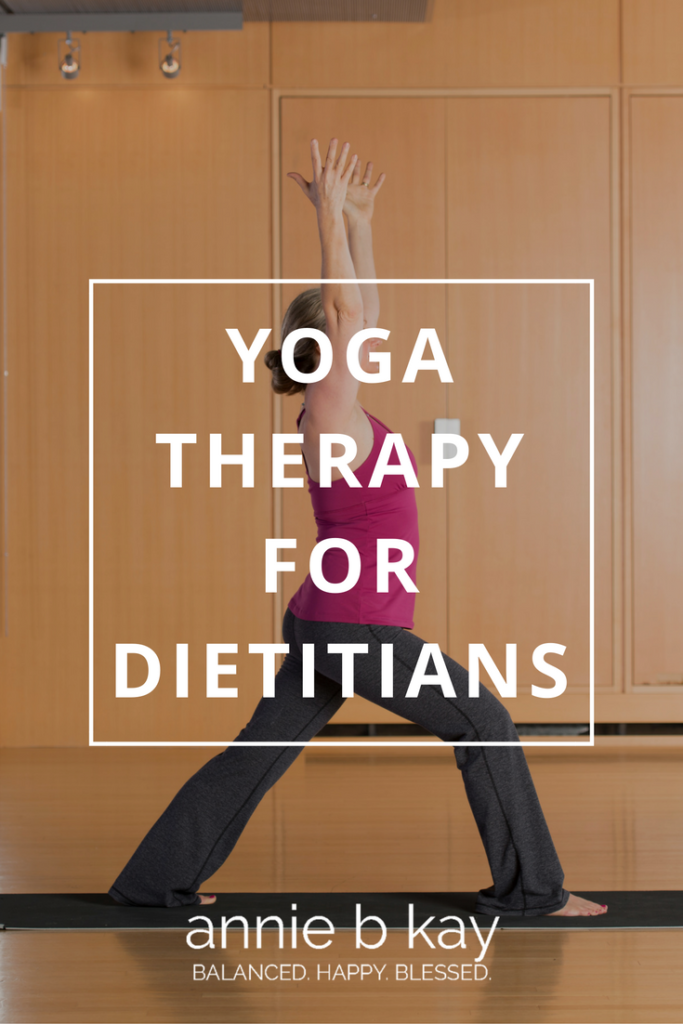
Pinterest
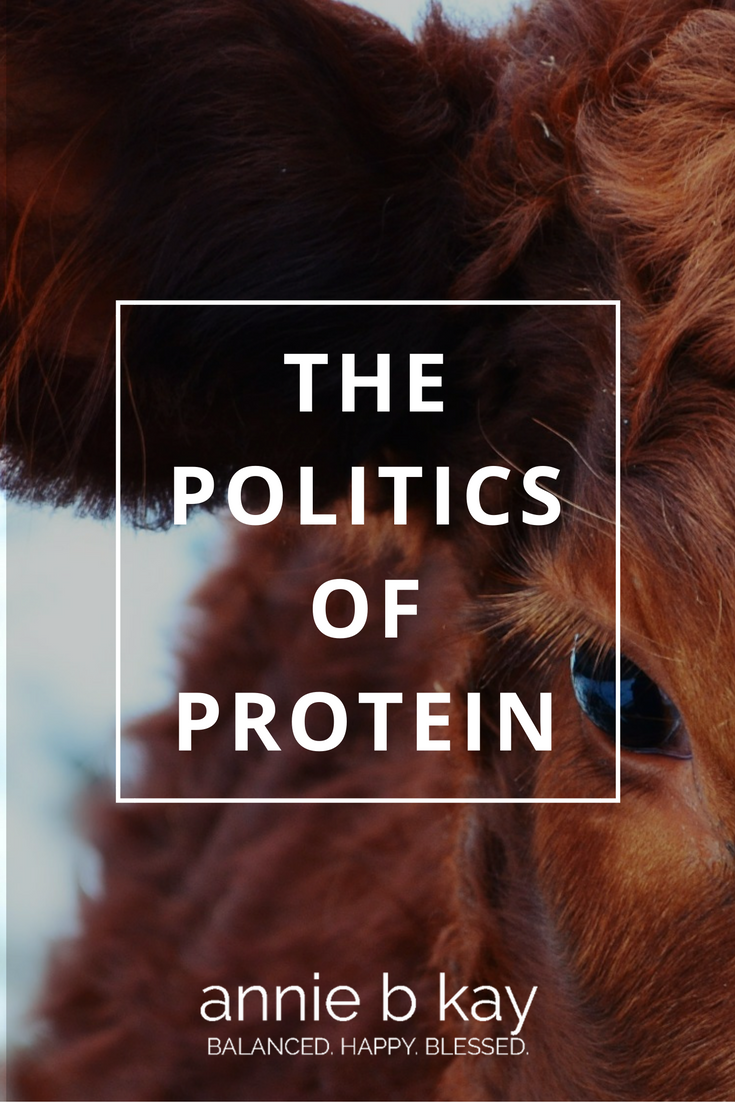
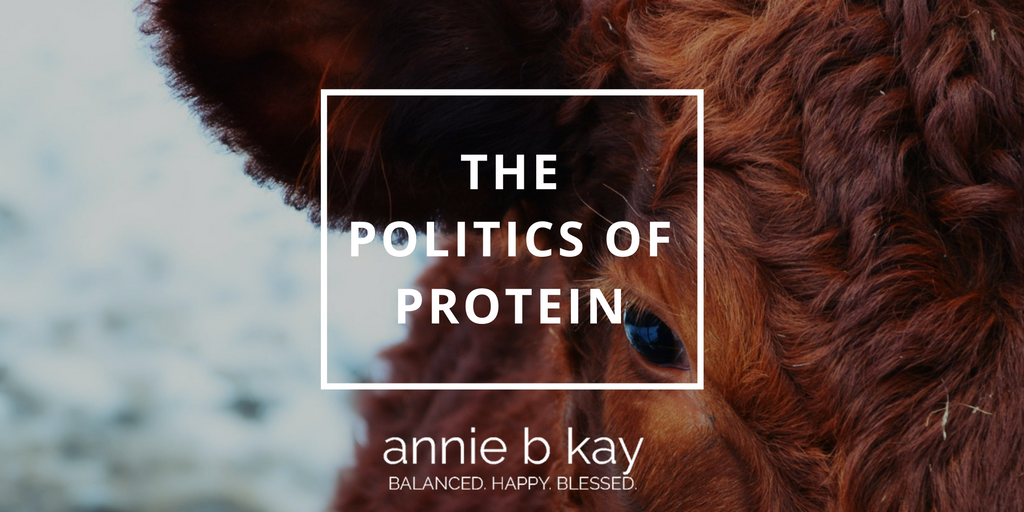
Protein is critical but most Americans overdo it. Animal-rich diets have a larger carbon footprint – not so good for the environment. In a vegan (animal-free) diet, protein is widely available. We humans love us some protein!
How do we eat in balance – healthy for us and also our beautiful planet?
Recently I was teaching with a colleague I love and respect, who mentioned that the latest thinking on protein needs is 30/30/30 (grams per day). I sat up – that’s a lot of protein and has environmental implications, I thought. At that level of intake, it’s difficult if not impossible to get adequate protein from a vegan diet. I wanted to know more. This higher recommendation is nearly twice what the NIH recommends (around 50 grams – a little more for men, a little less for women).
That sparked a months-long investigation for me, that’s not yet finished!
It sent me to pubmed, the NIH’s library of clinical research, to see where the recommendation came from. All I could find were a collection of papers from something called Protein Summit 2.0, and I’m grateful that now clinical research papers need to list funding, because there they were – many of the business interests and advocacy groups whom you’d think would support it. Sure enough, papers from that gathering recommended this higher level, with nods from the egg, beef, pork and dairy industry.
Protein is critical for health throughout the lifespan, and can be a challenge if protein needs are high, as in performance athletes and those healing from injury or disease. However, it has been well established that in a vegan diet, protein is widely available. Vegans do have to be aware of protein, and taking some with each meal and snack is a great guide – think nuts or nut butters, beans, seeds and seed butters, whole grains and most vegetables. Vegan diets with these foods at the center are some of the most healthful on the planet. The planet smiles on vegan diets too, as protein is the macro-nutrient that tends to have the greatest impact on carbon footprint.
For more on the link between protein and the environment, look at this set of graphics from the World Resources Institute, and the Environmental Working Group’s Meat Eater’s Guide.
Recently a smart RDN (Registered Dietitian Nutritionist) gave me the name of a researcher she respects who has been publishing studies on this higher level of protein. I have yet to investigate, but will (and will pass my take along).
What’s an eater to do? Here are my thoughts.
- No matter what your choice – vegan, flexitarian (an eater of a whole-foods plant-based diet with a little fish, eggs and dairy), or other – have some protein – mostly plant protein – with each meal and snack.
- If eating animals helps you nutritionally, please don’t feel bad about it. Honor the life that has been given. It is the cycle of nature and life and ultimately, nearly everyone gets eaten in the end.
- Honor the fact that protein is richly sustaining, and takes more resources to create – so, resist the temptation to overdo it. It is human nature to overdo it. Protein powders likely have the greatest carbon footprint of all – could you do it with an egg or seed powder? Focus on eating the CDC-recommended 9-13 servings of plants daily. Can you have a bit more of your protein from plants without suffering nutritionally?
What about me? I am a flexitarian – I eat about 1 serving of animal per day, in the form of mostly eggs, but occasionally fish or meat. I put whole grass-fed milk in my morning coffee, and enjoy a bit of ghee (clarified butter) from grass-fed cows. I mostly hit the recommended number of plants, but left to my own devices my taste would be pure starch! So, when life is full I have to remind myself to eat plants, and do on occasion retrace my day and find myself swimming in toast, and potatoes. Then it’s time to begin again, dust myself off and chop up some – hale kale!
Here are a couple of my plant-protein-rich recipes:
I’m big on soups!
What about you – how do you honor protein and meet your needs?
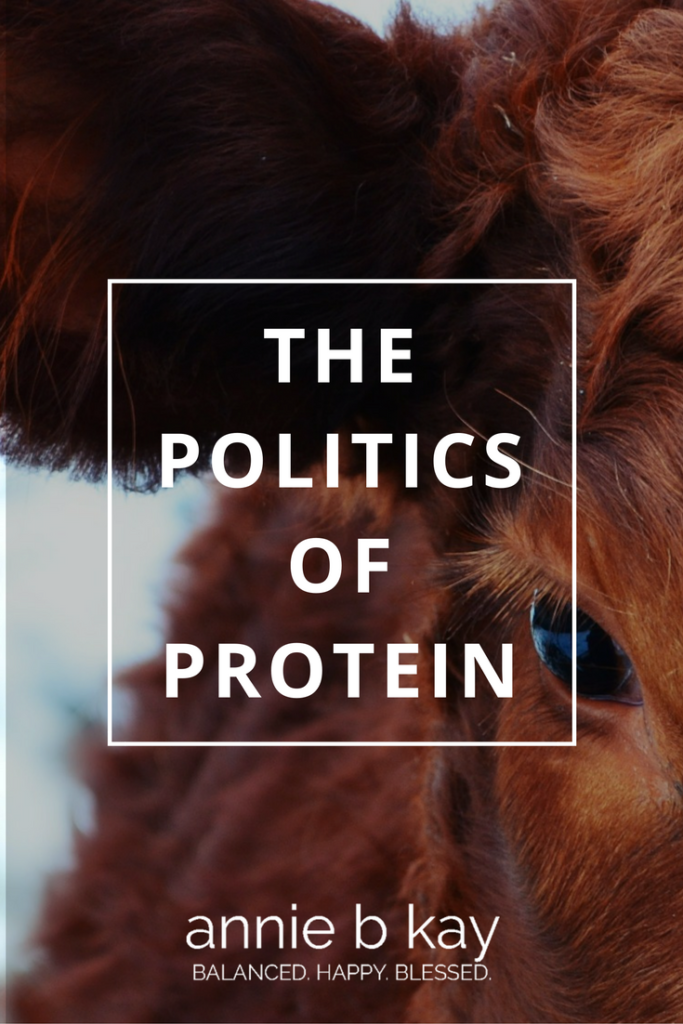
Pinterest
Here it is. The holiday season.
Party time, candy and cookie time, rich food time. Estimates for how much Americans gain during this season range from 5 to 15 pounds, depending on who’s doing the reporting. And the particular parties you bless with your presence, I imagine. I wonder if the weight gain phenomenon is more prevalent in New England and the northern climes, but I’d love to hear stories and strategies from those in warmer places as to their situation and strategies for maintaining a healthy weight (and healthy habits) through this time. I imagine every region has it’s own spin on the bacchanal that is the holidays.
Here are few survival tips:
Accept the fact that you won’t be losing weight this month.
Regardless if you are a party momma or a stay-at-homer, there is just more high-calorie food around. Just maintaining is a feat this time of year, so relax on weight goals right now. January will be here soon enough.
Keep on moving. Practice stress management. Tie them together.
Keep physical activity top-of-mind this month, and don’t miss an opportunity to move. Physical activity is great stress management, so if you didn’t get your packages in the mail on time, didn’t get to cards this year, didn’t knit all your friends sweaters or didn’t get invited to the right parties, move a little to release the emotion that sits in your body as a result of life not being perfect.
Focus on the peeps, not the table.
Food traditions this time of year carry deep resonance and a strong pull. For me, it’s my mom’s cookies, and anything resembling eggnog. It’s not always easy to remember that the reason for the season is really love, hope and connectedness. I know that many family relationships can be challenging, and that can drive us to seek comfort from seasonal goodies in unhealthy quantities. There’s a Buddhist practice that may be helpful in working with relationships this season. The Dali Lama describes a practice of bowing down to the difficult people in your life, and thanking them for the opportunity they have provided to help you to experience spiritual growth. Love and honor them! For me, this practice a) cracks me up a little, and b) opens me up to another way to seeing things beyond the way my conditioned judgemental mind does. Somehow, it makes it easier for me to step back and see the people who challenge me differently, and to forgive them for the pain they cause me.
And finally:
Resist and renounce projections as to what it “should be”
As gifted American poet Mary Oliver says, Whoever you are, no matter how lonely or difficult your life is, the world opens itself to you this season. My wish for you is to feel that magic. My wish for you is that someone does the Buddhist practice of loving you when you cause them pain. And I wish you peace.
Namaste
Annie

Saving the Environment One Meal at a Time! Our modern society is more aware of climate change, and ways to combat it, then ever before. How about taking your eco-friendly lifestyle to the next step by applying it to your diet? The Environmental Working Group (EWG) created this article that highlight’s information from their full Meat Eater’s Guide. The graphic uses several peer-reviewed or government sponsored studies that measure carbon footprint, or “foodprint,” of common foods. The studies show that four ounces of foods such as lentils, tomatoes and 2% milk have the equivalent carbon footprint of less than one half mile driven in a car. The worst choice for our environment? Lamb; four ounces is roughly equivalent to ten miles driven. Chicken is the best meat choice, coming in at almost 2 miles driven. So not only are you what you eat, but so is our environment.
EWG also has a great list of resources to learn more about clean & sustainable eating. Every bite counts!
Here’s a copy of short version of the EWG Meat Eater’s Guide
Stay up on practical ways to cultivate a life in balance by subscribing to Annie’s almost-monthly newsletter.















